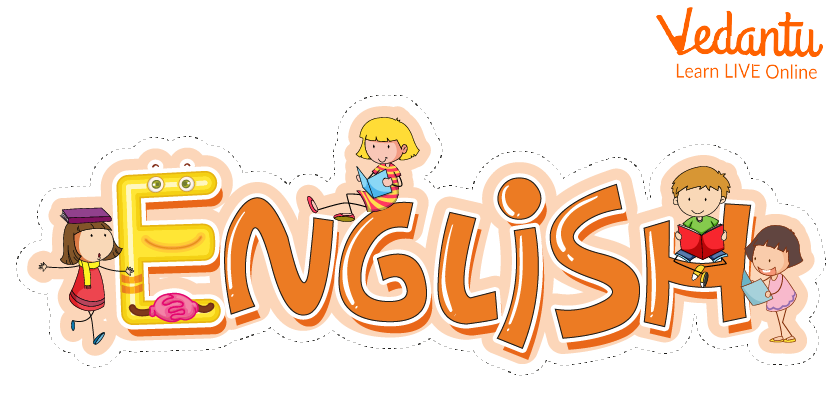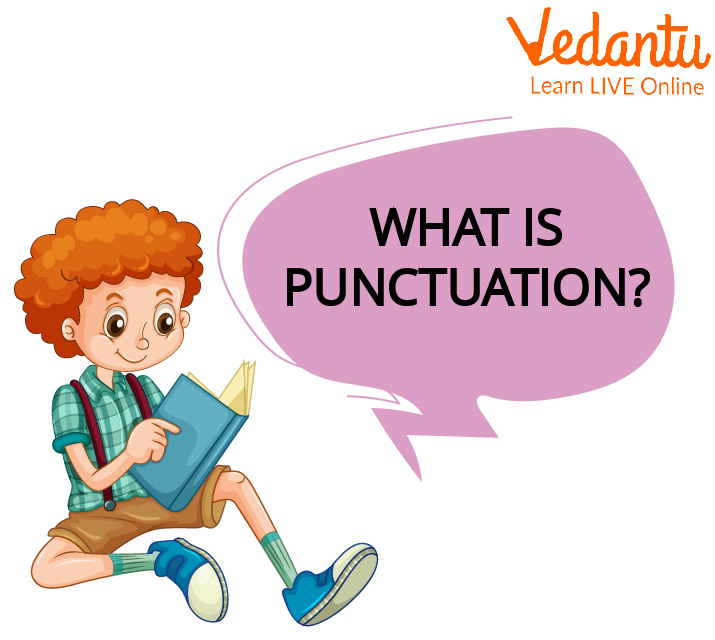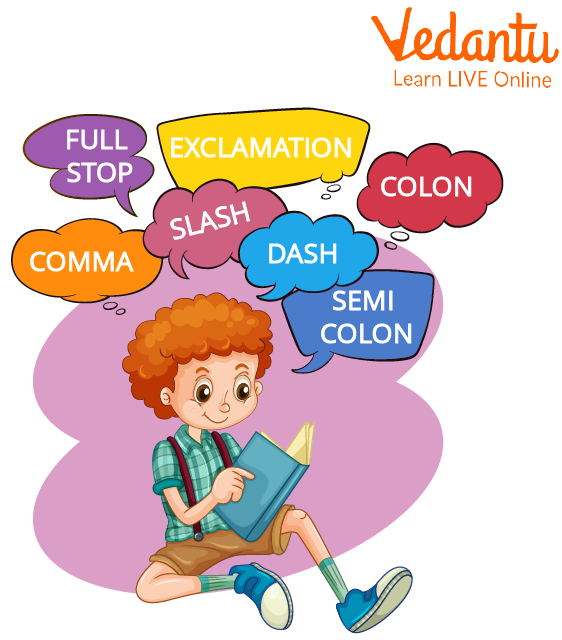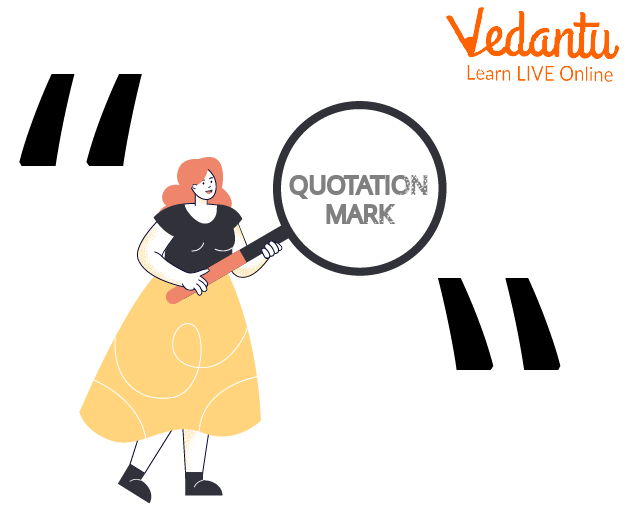Key Punctuation Rules and Practice Exercises for CBSE Class 10 Exam Preparation
FAQs on Complete Punctuation Guide for Class 10 English Grammar (2025-26)
1. What types of questions on punctuation are considered important for the CBSE Class 10 English Board Exam 2025-26?
For the Class 10 English exam, important questions on punctuation are application-based and typically appear in the Grammar section. You can expect formats such as:
- Editing/Omission: You will be given a short paragraph with missing or incorrect punctuation, and you must identify the error and provide the correction.
- Gap Filling: Sentences or short dialogues will be provided with blanks where you need to insert the appropriate punctuation marks.
- Dialogue Completion: You may need to punctuate a conversation correctly, using quotation marks, commas, and end marks.
2. How many marks are allotted to punctuation questions, and how can I ensure I get full marks?
Punctuation questions are usually part of the integrated grammar section and do not have a separate weightage. Typically, each correction or insertion carries 1 mark. To secure full marks, you must be precise. Pay close attention to the use of commas in separating clauses, correct placement of quotation marks in direct speech, and using capital letters at the beginning of sentences and for proper nouns.
3. Which punctuation marks are most frequently tested in Class 10 board exam questions?
Based on previous board exam trends, the most frequently tested punctuation marks are:
- Commas: Used for separating items in a list, setting off clauses, and after introductory phrases.
- Full Stops: For ending declarative and imperative sentences.
- Quotation Marks: For enclosing direct speech in dialogues and stories.
- Apostrophes: Crucial for showing possession (e.g., Rohan's book) and contractions (e.g., don't, can't).
- Question Marks: For ending interrogative sentences.
4. What is a common punctuation trap that Class 10 students fall into during exams?
A very common and important trap is the comma splice. This error occurs when a student joins two complete sentences with only a comma, which is grammatically incorrect. For example: "The weather was bad, the match was cancelled." To avoid losing marks, you should use a full stop, a semicolon, or a conjunction. The correct sentences would be: "The weather was bad. The match was cancelled." or "The weather was bad, so the match was cancelled."
5. Why is the correct use of capital letters considered an important part of punctuation in exam answers?
Correct capitalisation is a fundamental aspect of punctuation that examiners look for as it signals sentence boundaries and identifies proper nouns. Failing to capitalise the first word of a sentence, the pronoun "I", or names of people and places shows a lack of attention to detail and can lead to a deduction of marks, especially in editing tasks and the writing section. It is a critical component of sentence-level accuracy.
6. How does mastering punctuation impact scores in the Literature and Writing sections of the exam?
Mastering punctuation is crucial beyond just the grammar questions. In the Literature section, well-punctuated answers create clear, coherent arguments, making your points more convincing. In the Writing section, using correct punctuation in a story or letter (especially quotation marks for dialogue) makes your work look more professional and can directly contribute to higher marks for expression and overall coherence.
7. For a question asking to punctuate a dialogue, what are the most important rules to remember?
When punctuating a dialogue, it is important to remember these key rules:
- Enclose the exact words spoken within double quotation marks (“ ”).
- The first word of the dialogue always begins with a capital letter.
- Punctuation marks like commas, full stops, and question marks that belong to the dialogue must be placed inside the closing quotation mark.
- Start a new paragraph for each new speaker.






































